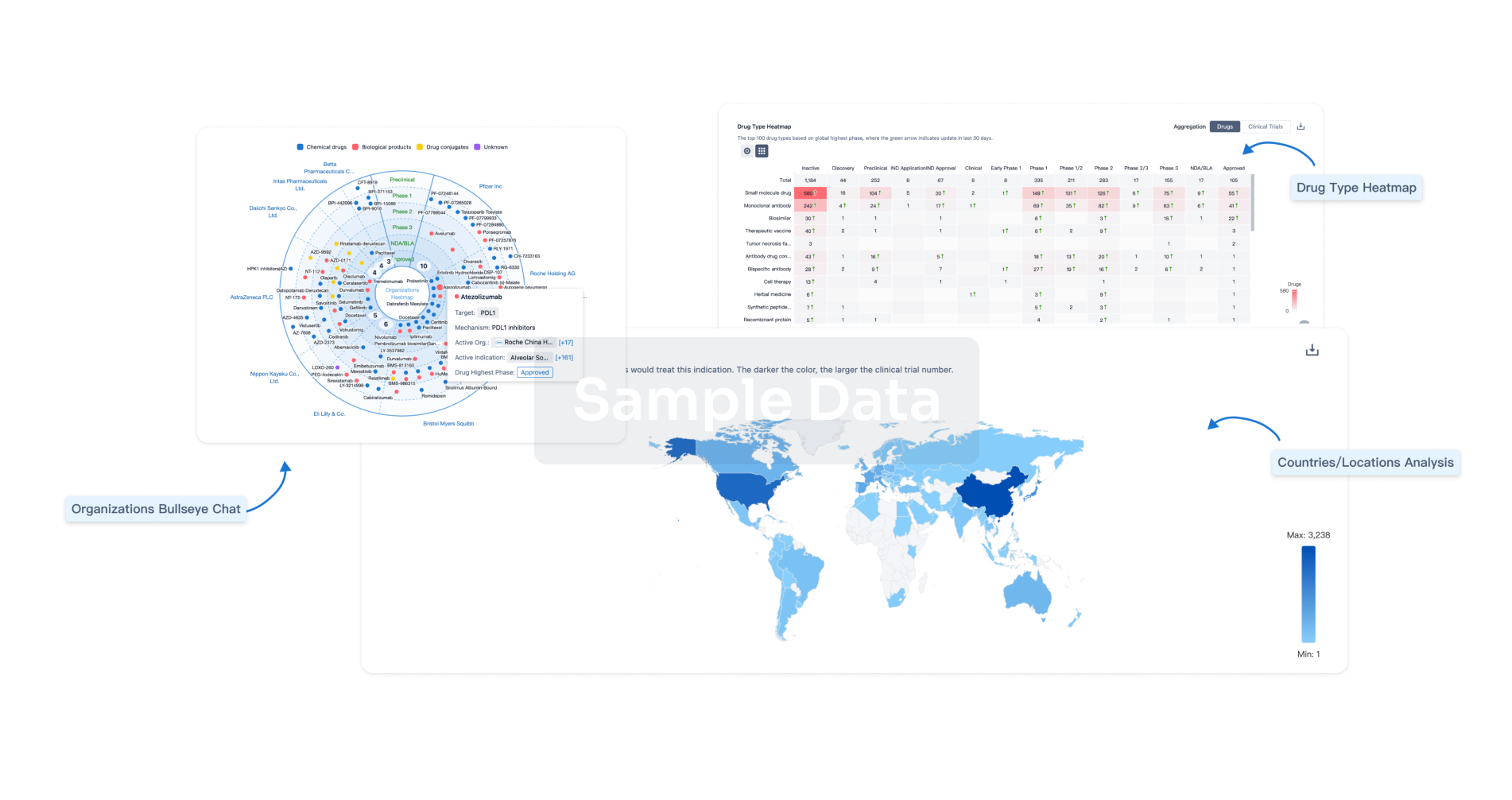Request Demo
Last update 08 May 2025
Hemoglobin C Disease
Last update 08 May 2025
Basic Info
Synonyms C Disease, Hemoglobin, C Diseases, Hemoglobin, HEMOGLOBIN C DISEASE + [25] |
Introduction A disease characterized by compensated hemolysis with a normal hemoglobin level or a mild to moderate anemia. There may be intermittent abdominal discomfort, splenomegaly, and slight jaundice. |
Related
1
Clinical Trials associated with Hemoglobin C DiseaseNCT03619798
Evaluation of HemoTypeSC as a Novel Rapid Test for Point-of-Care Screening for Sickle-Cell Disease, Hemoglobin C Disease, and Carrier Status in Low-Resource Settings: a Multi-Center
Sickle cell disease is a life-threatening genetic disorder that can be effectively treated following early diagnosis via newborn screening. However, sickle cell disease is most prevalent in low-resource regions of the world, where newborn screening is rare due to the cost and logistical burden of laboratory-based methods. In many such regions, >80% of affected children die, undiagnosed, before the age of five years. A convenient and inexpensive point-of-care test for sickle cell disease is thus crucially needed. In this study we will conduct a blinded, multicenter, prospective diagnostic accuracy study of HemoTypeSC(TM), an inexpensive 15-minute point-of-care immunoassay for detecting sickle cell disease, hemoglobin C disease, and trait phenotypes in newborns, children, and adults.
Start Date03 Aug 2018 |
Sponsor / Collaborator |
100 Clinical Results associated with Hemoglobin C Disease
Login to view more data
100 Translational Medicine associated with Hemoglobin C Disease
Login to view more data
0 Patents (Medical) associated with Hemoglobin C Disease
Login to view more data
220
Literatures (Medical) associated with Hemoglobin C Disease08 Mar 2025·Cureus
Hematological Profile of Hemoglobin C Disease: A Retrospective Study
Article
Author: El Mokhtari, Najoua ; Mamad, Hassane ; Masrar, Azlarab ; Benkirane, Souad ; Regragui, Ismail ; Woumki, Aziz ; Dahmani, Fatima
01 Jul 2024·Ophthalmology Science
The Association of Sickle-Cell Disorders With Diabetic Retinopathy: A Large Database Study
Article
Author: Chauhan, Muhammad Z. ; Sallam, Ahmed B. ; Elhusseiny, Abdelrahman M ; Sallam, Ahmed B ; Chauhan, Muhammad Z ; Elhusseiny, Abdelrahman M.
01 Jul 2024·Journal of Trace Elements in Medicine and Biology
Reduction of haemoglobin is related to metal mixtures exposure in Chinese preschoolers: Joint effect models
Article
Author: Li, Mingzhu ; Fu, Ye ; Yu, Lili ; Wang, Jing ; Zhu, Meiqin ; Ji, Hongxian ; Yang, Liting ; Wang, Yan ; Lin, Wei ; Liu, Yanli ; Ding, Hongcheng ; He, Minghui ; Liu, Yang ; Zhang, Yao
Analysis
Perform a panoramic analysis of this field.
login
or

AI Agents Built for Biopharma Breakthroughs
Accelerate discovery. Empower decisions. Transform outcomes.
Get started for free today!
Accelerate Strategic R&D decision making with Synapse, PatSnap’s AI-powered Connected Innovation Intelligence Platform Built for Life Sciences Professionals.
Start your data trial now!
Synapse data is also accessible to external entities via APIs or data packages. Empower better decisions with the latest in pharmaceutical intelligence.
Bio
Bio Sequences Search & Analysis
Sign up for free
Chemical
Chemical Structures Search & Analysis
Sign up for free
